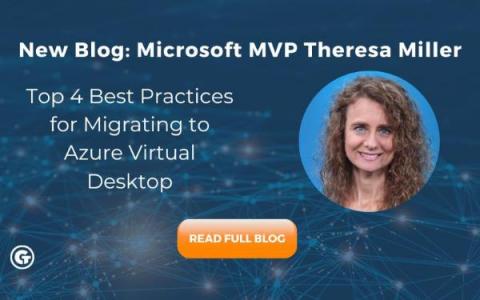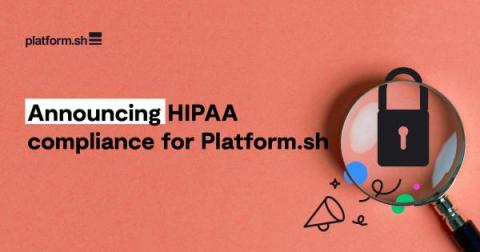Operations | Monitoring | ITSM | DevOps | Cloud
Healthcare
How DevOps can improve burnout and communication in healthcare
What Are the Best Revenue Models for Your Healthcare Mobile App?
Top 4 Best Practices for Migrating to Azure Virtual Desktop
This blog was originally posted by Microsoft MVP Theresa Miller to her blog, 24×7 IT Connection. Organizations are migrating their desktops to the cloud as a long-term future state and Azure Virtual Desktop (AVD) is a common implementation choice. Technology migrations can be complex to plan and execute on. Today let’s look more closely at some common AVD use case scenarios and then dive into the top 4 best practices for a successful migration to AVD.
Three Critical Questions for Healthcare
Announcing HIPAA compliance for Platform.sh
If you’ve worked with us before, you know we take security seriously. We take measures necessary to safeguard your sensitive and personally identifiable information and comply with a variety of compliance standards. These include maintaining best security practices and aligning with regulations such as SOC-2, PCI-DSS, and GDPR.
Proactive Healthcare Network Monitoring: The Importance of Early Detection
Better Data for Public Health: How Nexleaf and PagerDuty are Monitoring Healthcare
Having a reliable power source is something many of us take for granted. It is particularly important for healthcare facilities to have a consistent, reliable power source to ensure that vulnerable patients – specifically those who rely on electricity to sustain their lives – are not disrupted. In rural Sub-Saharan Africa, however, it’s estimated that only about 28% of hospitals have reliable electricity.
Imagining the Future of Engineering: Insights from top women in tech
3 Effective Ways to Enhance Patient Safety with EHR Alerts
Hospitals that adopt electronic health records (EHR) to optimize clinical workflows face the decision of how to integrate EHR alerts into their workflows. The rationale is to surface actionable data from EHR systems and present healthcare providers with this information to supplement their day-to-day clinical decisions.











